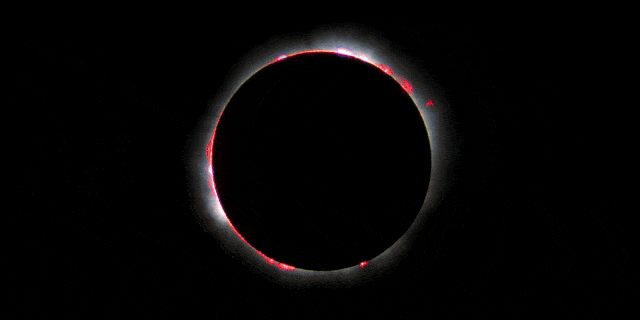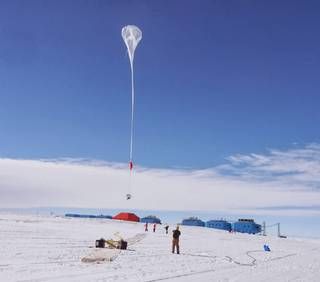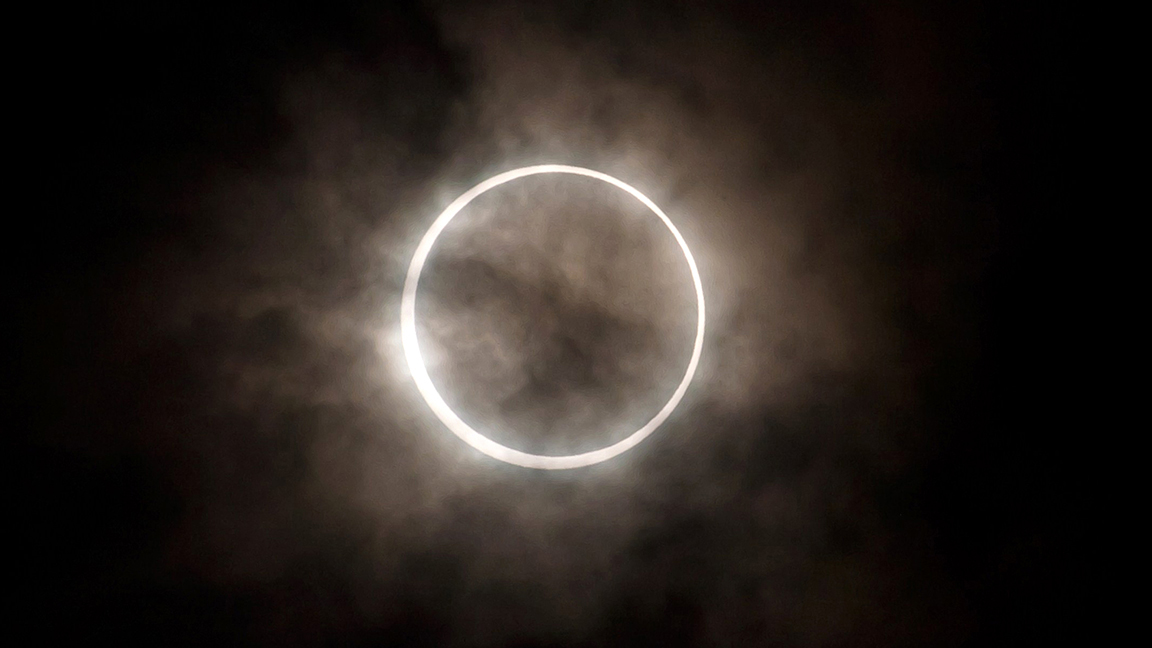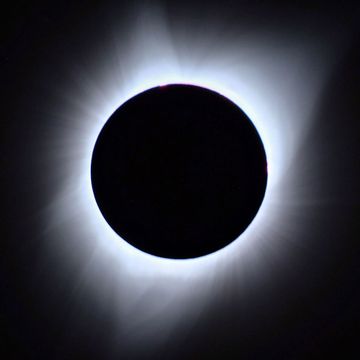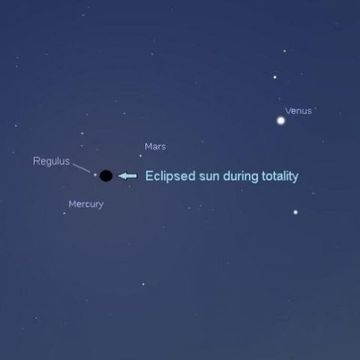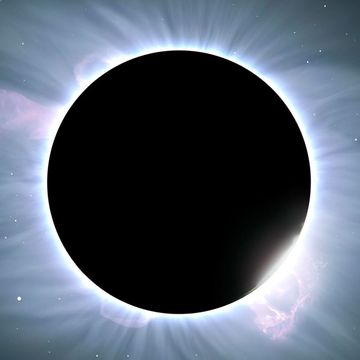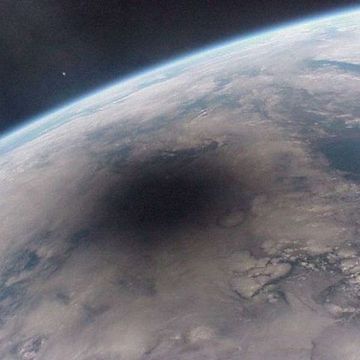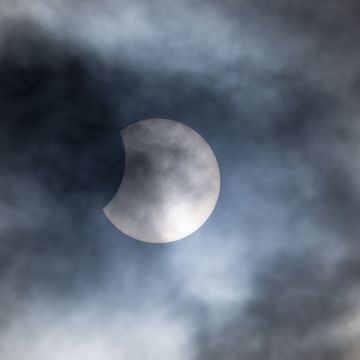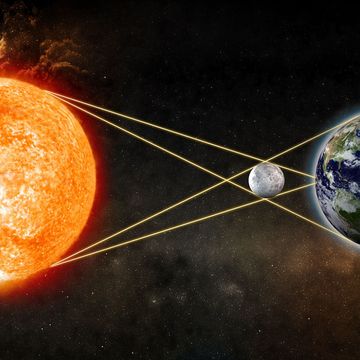As of this writing, the Great American Eclipse is 19 weeks, 5 days, 13 hours, and 48 minutes away. At 10:15 a.m. PDT on August 21, the eclipse will make landfall on the Oregon coast near Salem. It will sweep over the United States heading southeast, crossing Idaho Falls, Idaho; Casper, Wyoming; Lincoln, Nebraska; Kansas City, Missouri; Nashville, Tennessee; and finally it will pass over Charleston, South Carolina before flying out over the Atlantic Ocean at 2:49 p.m. EDT, one hour and 34 minutes after it arrives on U.S. soil. You will have to wait until April 2024 for the chance to see another total solar eclipse in the United States.
If you absolutely cannot make it along the path of the total solar eclipse, you will still be able to see a partial solar eclipse across all of North America, northern South America, western Europe and in parts of Africa. As an added bonus, NASA is working with students and researchers across the country to launch a series of balloons in over 50 locations that will float as high as 100,000 feet to record and livestream the eclipse. Video and images of a total solar eclipse from the high atmosphere are rare, and they have never been streamed live. The Eclipse Ballooning Project will be a unique opportunity to not only share the phenomenon of a total solar eclipse with the world, but to gain a truckload of valuable scientific observations in the process.
But here's the deal: You should physically travel to see this eclipse anyway. A total solar eclipse is arguably the most awesome natural phenomenon ever witnessed by humanity, rivaled only by the Aurora Borealis and Aurora Australis.
It is not enough to just see a total solar eclipse, and particularly not on a computer screen. When the disk of the moon completely covers the disk of the sun in the sky—an event known as totality—the experience for us mortals on the ground is beyond visual. Day turns to night as the stars pop out for the two minutes or so that you stand in the direct shadow of the moon. Birds fall silent, and a hush covers the land in a complete sensory experience as nature instinctually responds to the dramatic change. The direct light from the sun is wholly blocked, making a total solar eclipse is the only time you can see the corona of the sun with the naked eye—the aura of superheated plasma that surrounds the sun glows a dramatic reddish color as tendrils of plasma, called solar prominences, snake out into space like fiery whips from out of the abyss. No photo can do it justice.
Start making your travel arrangements, and then watch the balloon footage after you get back home.

Jay Bennett is the associate editor of PopularMechanics.com. He has also written for Smithsonian, Popular Science and Outside Magazine.
